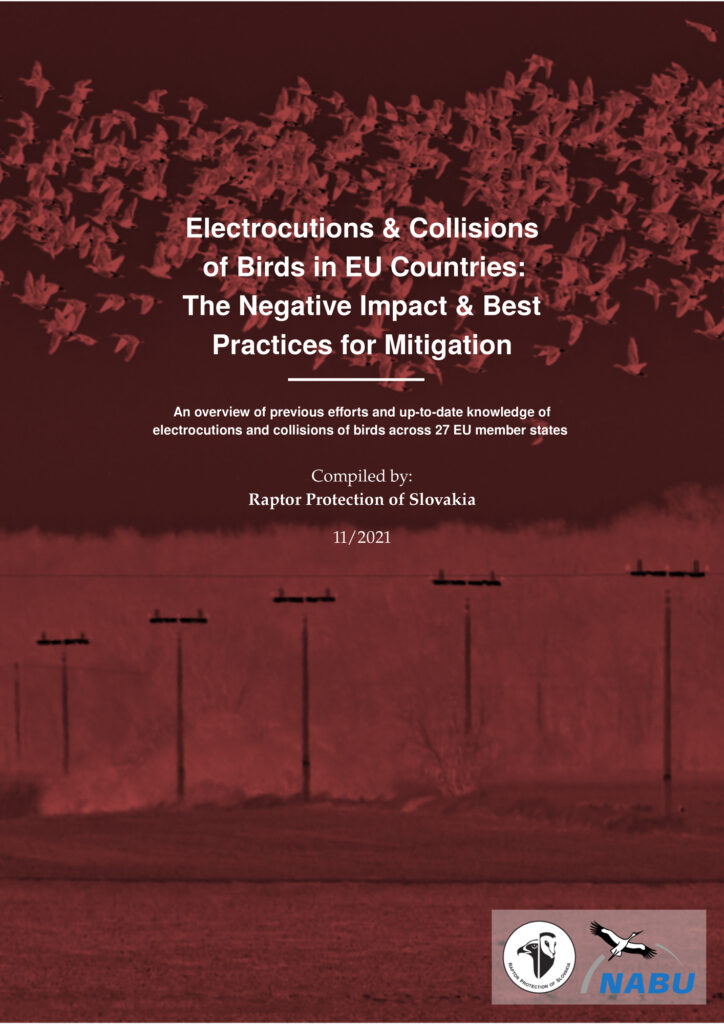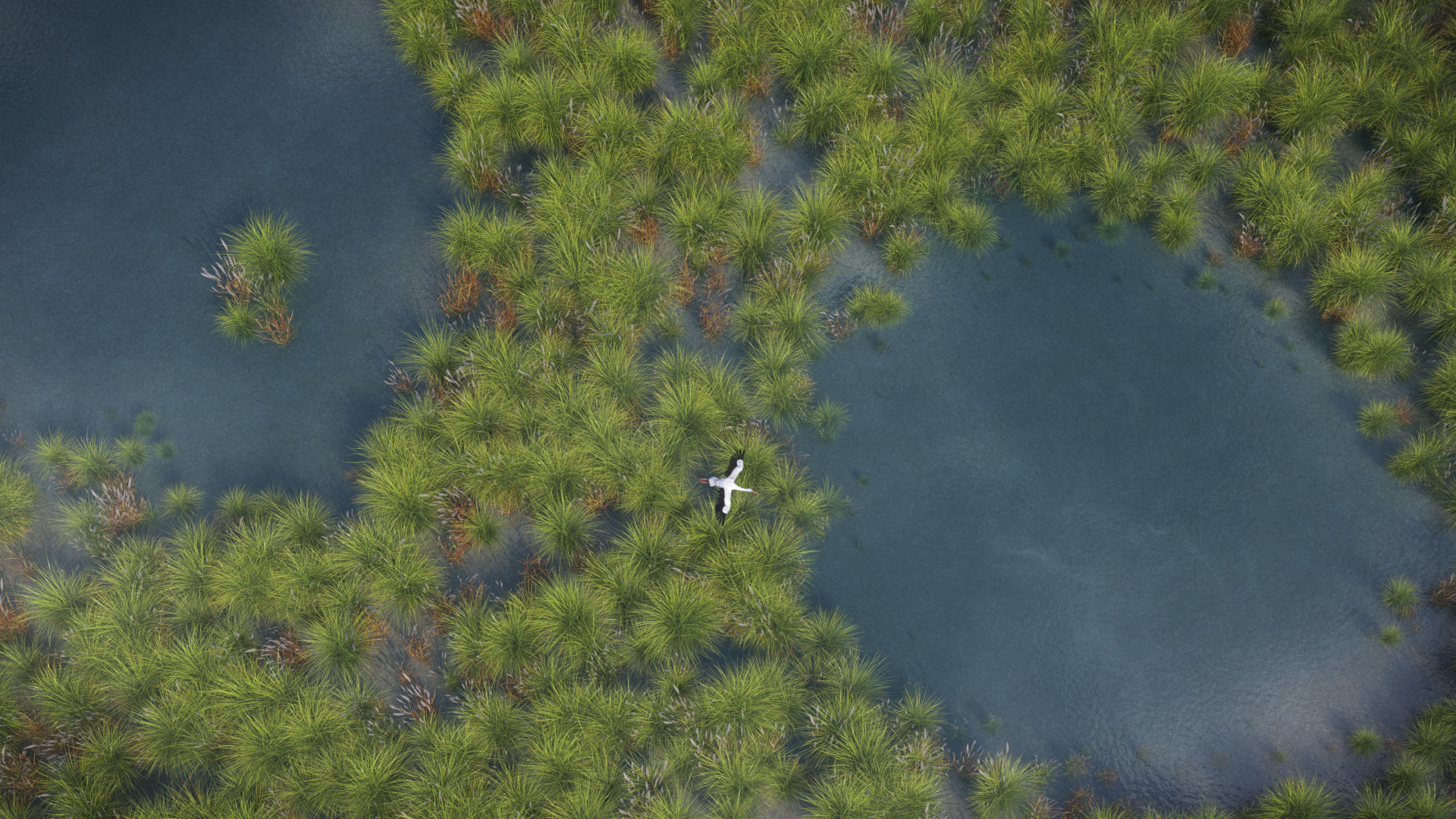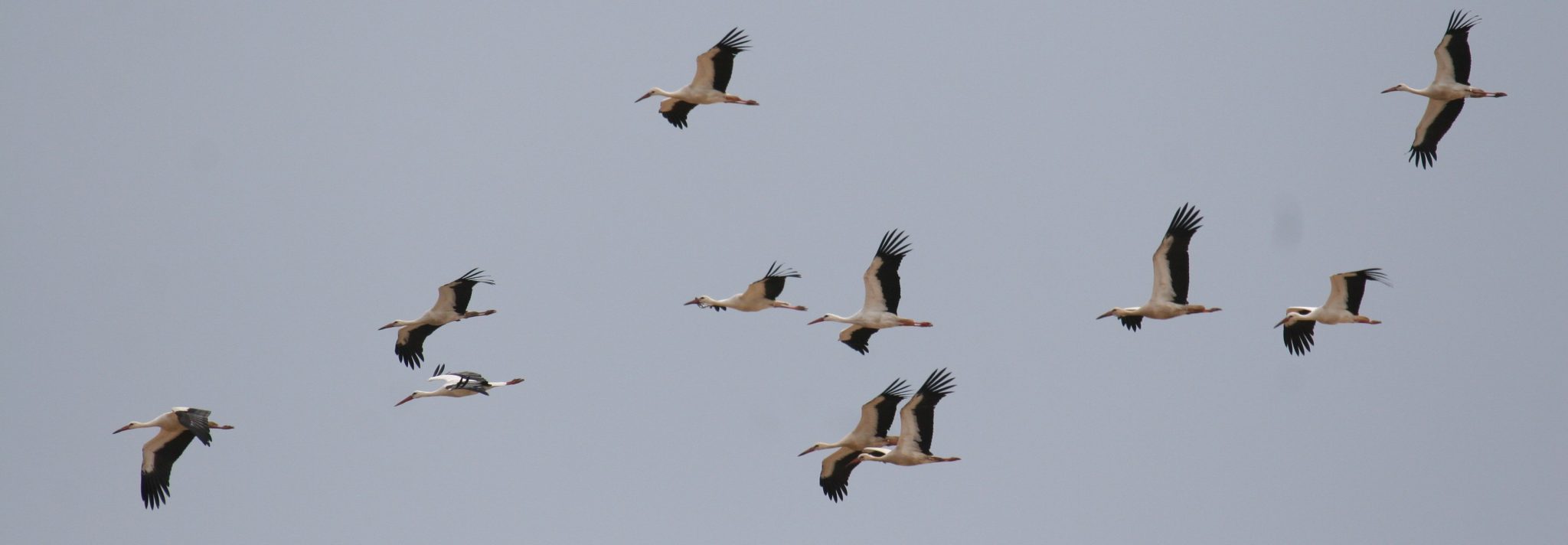New study: How to stop birds from getting electrocuted by and colliding with power lines across the EU
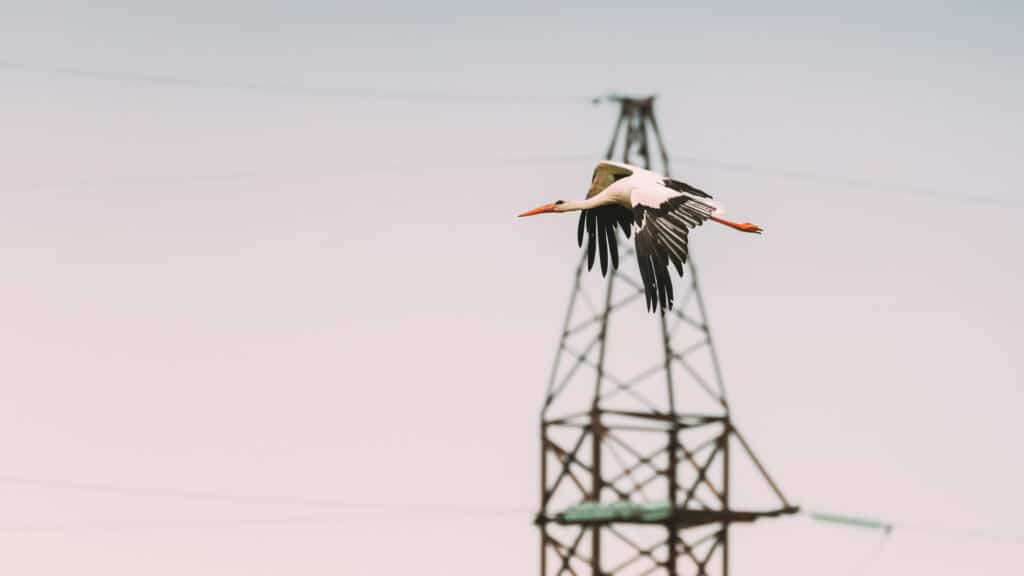
A new study commissioned by our German Partner NABU, and compiled by Raptor Protection of Slovakia, provides an overview of the many solutions available to protect birds from getting electrocuted by, and colliding with, powerlines across Europe.
NABU estimates that in Germany at least 1.5 million birds annually die after colliding with medium and high-tension grid lines.
Large species, especially soaring birds like the Eastern Imperial Eagle (Aquila heliaca), Saker Falcon (Falco cherrug), White Stork (Ciconia ciconia), and Eurasian Buzzard (Buteo buteo) and many other species can be killed by electric shocks on specific unsecured types of masts. The bird might be electrocuted by completing an electrical circuit, simultaneously touching two energized parts, or an energized part and a grounded part. This could happen when the bird for example stretches its wings and touches two wires.
Birds collide with overhead lines when they fail to see the cables in time. Collisions are more likely to occur with the overhead static wire, which is less visible than energized lines due to its smaller diameter. Swans, other waterfowl, and large fast-flying birds are the most common victims.
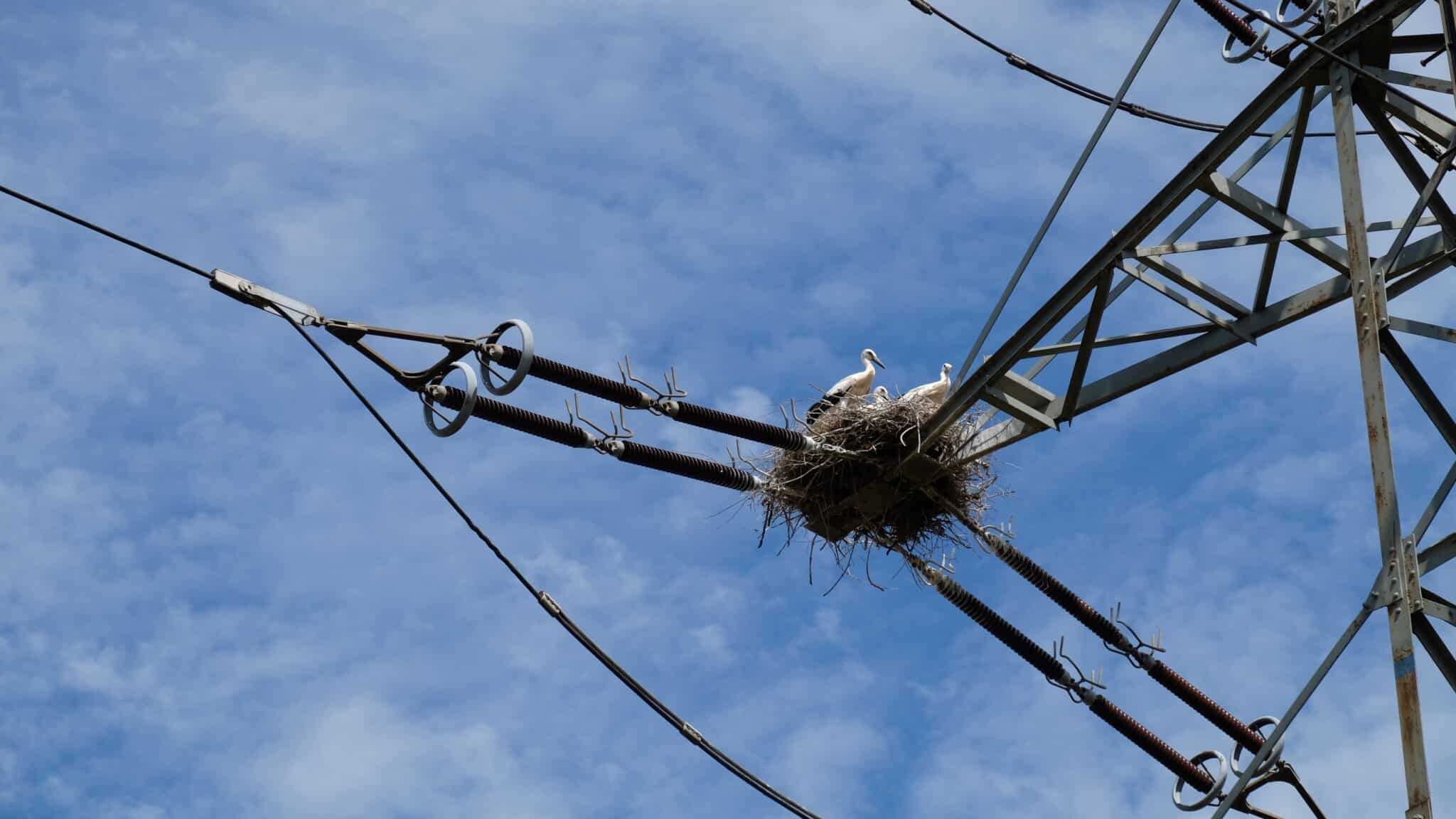
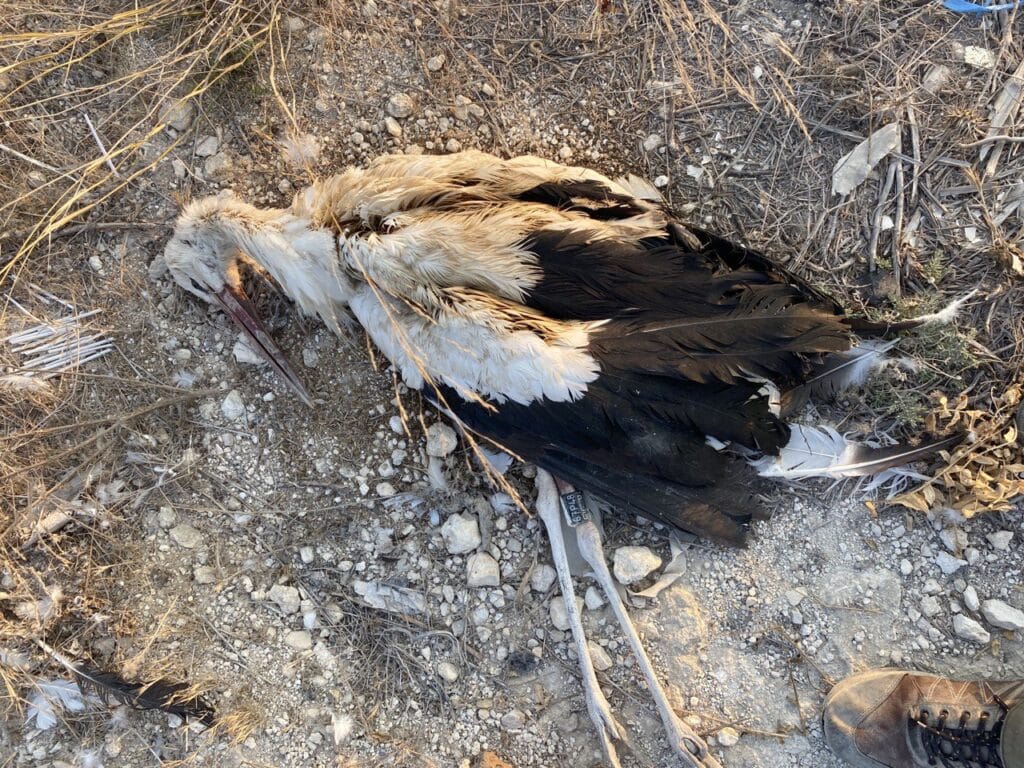
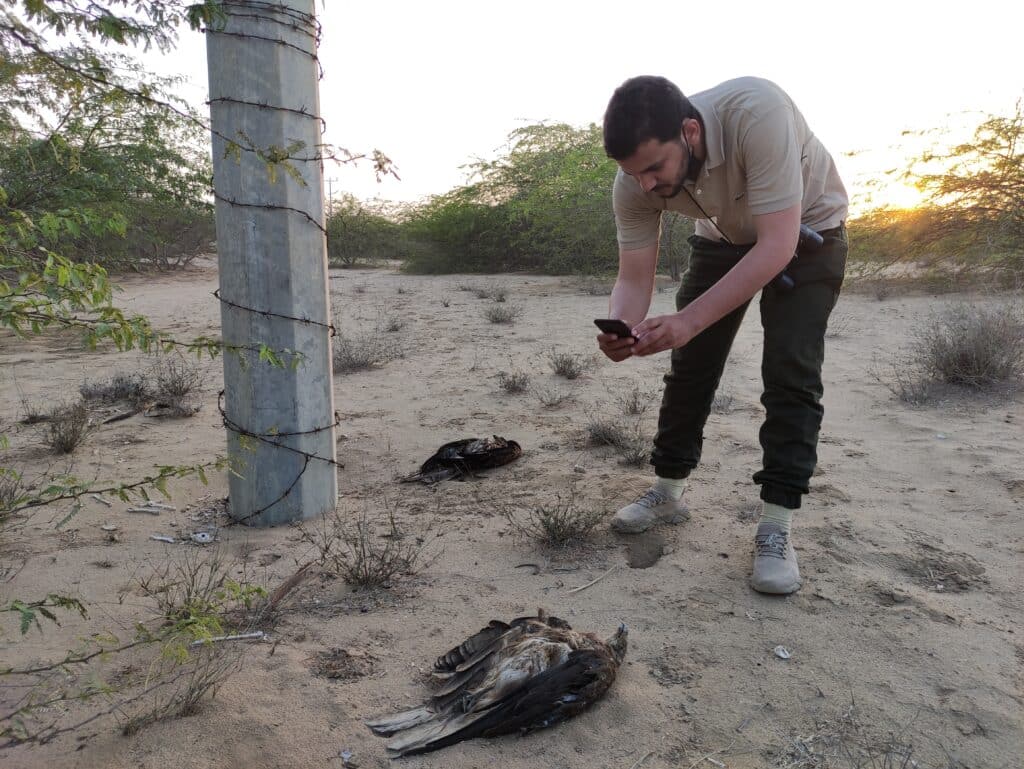
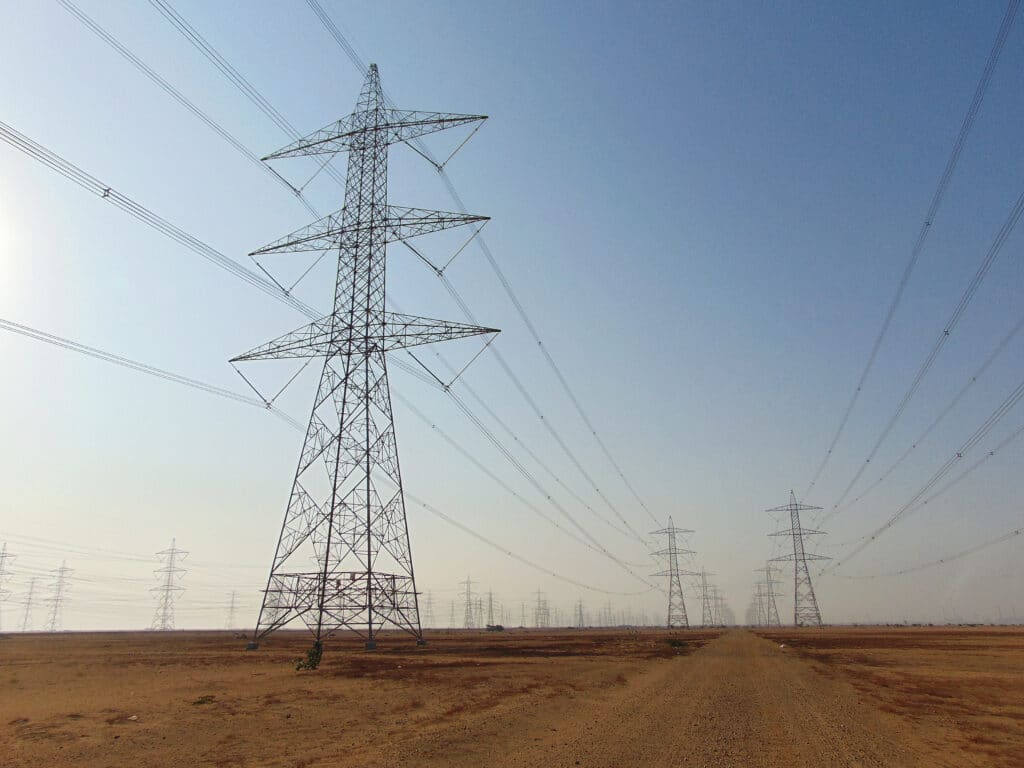
But all this can be avoided. In this new study, all the technical solutions available are shown and evaluated. By following these guidelines, power lines can be an enemy of the past for birds. In a significant number of countries, NGOs and electric companies have joined forces to implement safe practices with great success. They are a testimony to how people and nature can thrive together.
Creating bird safe powerlines is not only important to protect birds, but it is also safer for companies and humans. Bird collisions and electrocuted birds can cause power cuts, power outages, and start fires during periods of drought.
The consistent use of the best existing technical solutions, accompanied by legal obligations and control in all EU countries, enables the compatibility of bird protection and the necessary expansion of the power infrastructure.
BirdLife calls on the European Commission to develop technical standards on how to avoid the electrocution and collision of protected birds. These EU standards would raise the political recognition of the problem and increase the implementation by the network operators. Most helpful would be a uniform European standard. Many of the measures collected can also easily be implemented on migratory routes in the Mediterranean or in African wintering areas.
Some insights of the study
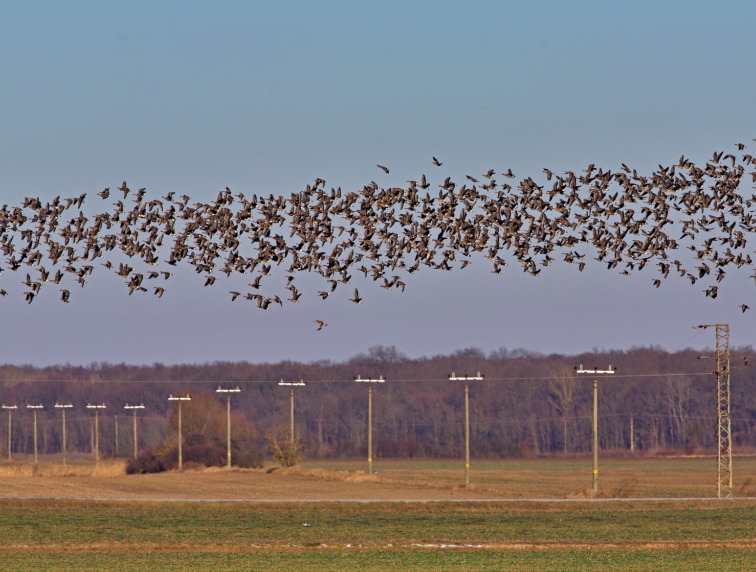
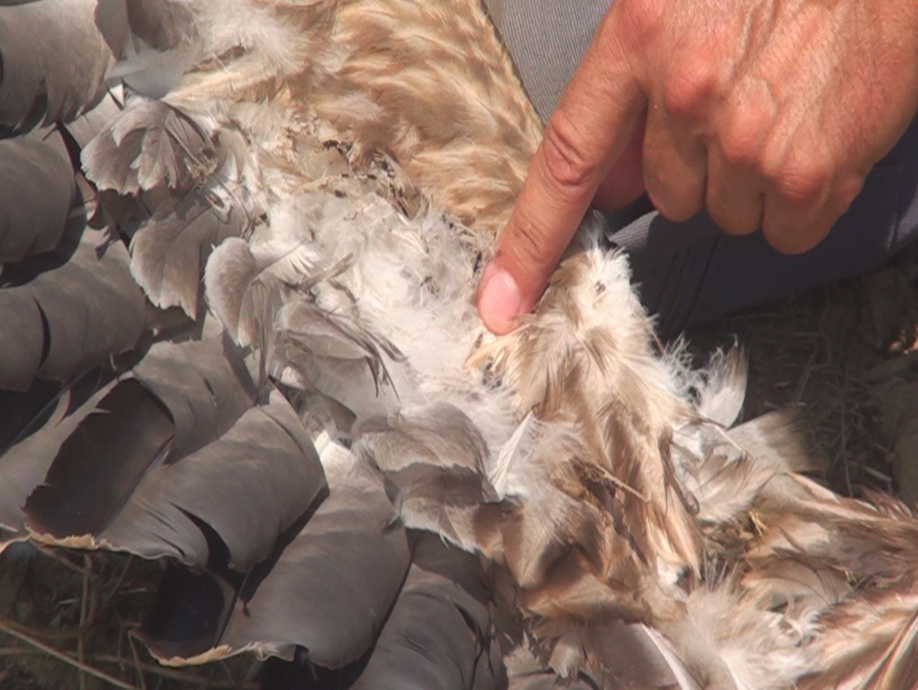
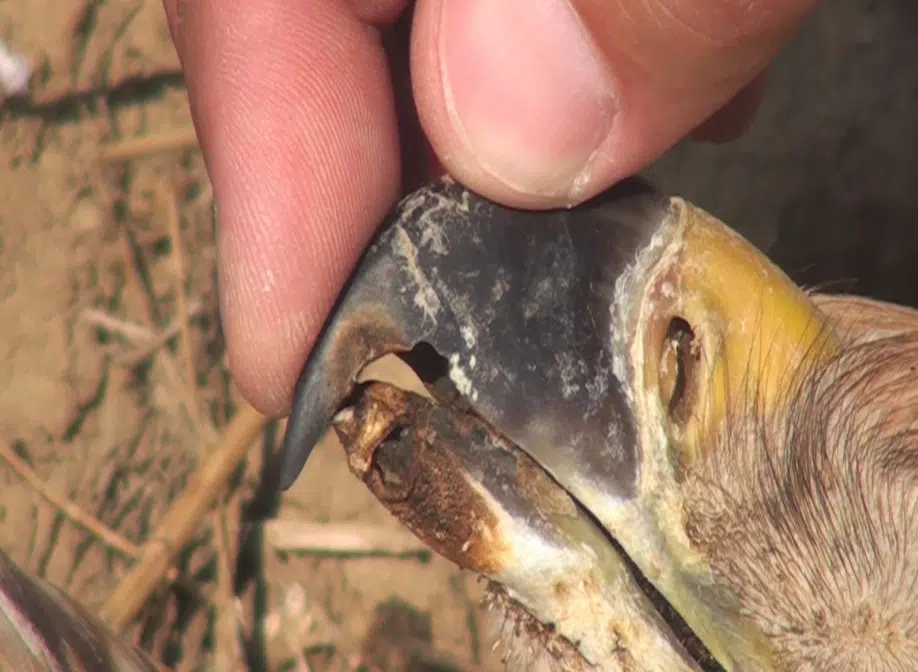
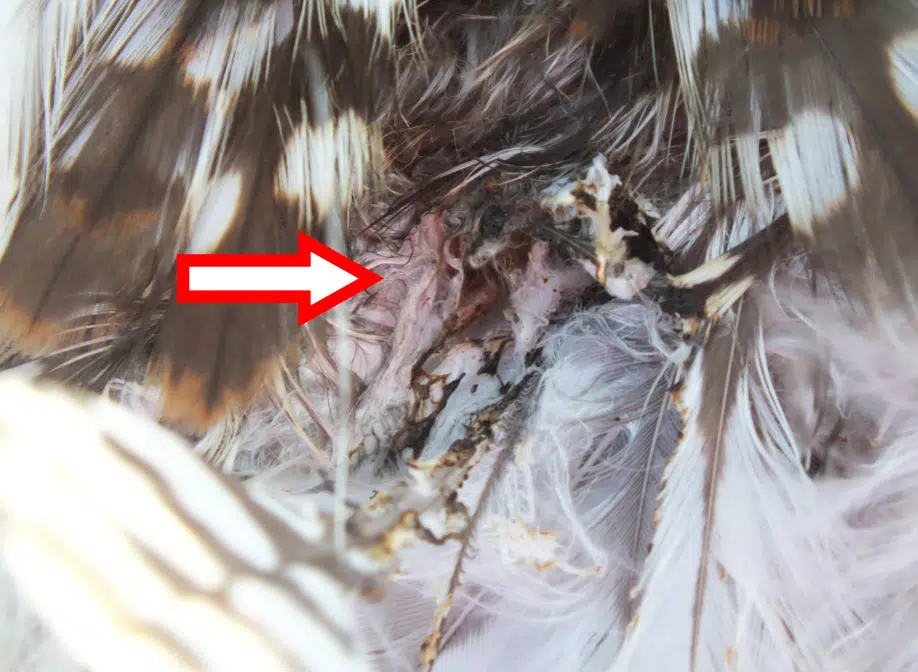

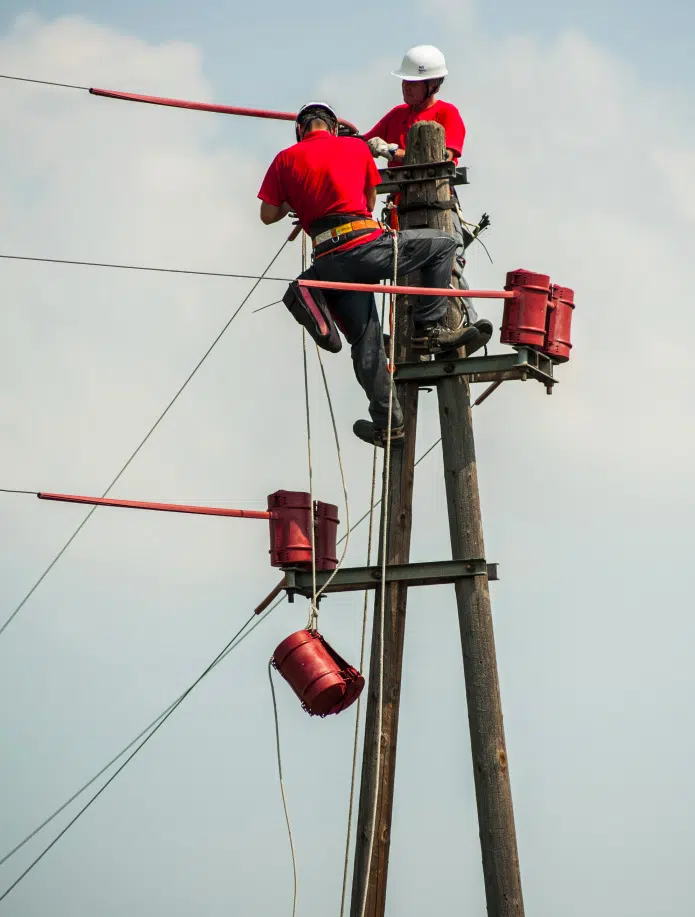
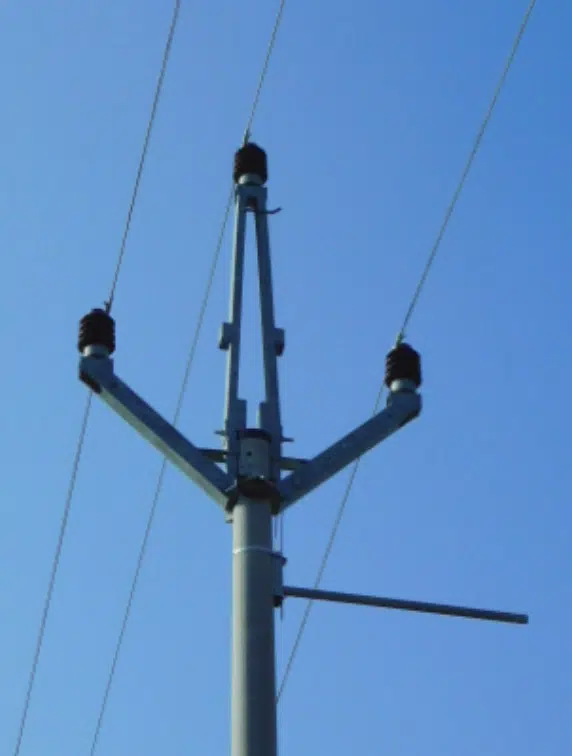
On the right: The shape of console discourages birds from sitting down and at the same time, the perch offers a place to sit. (Source: AOPK CR)
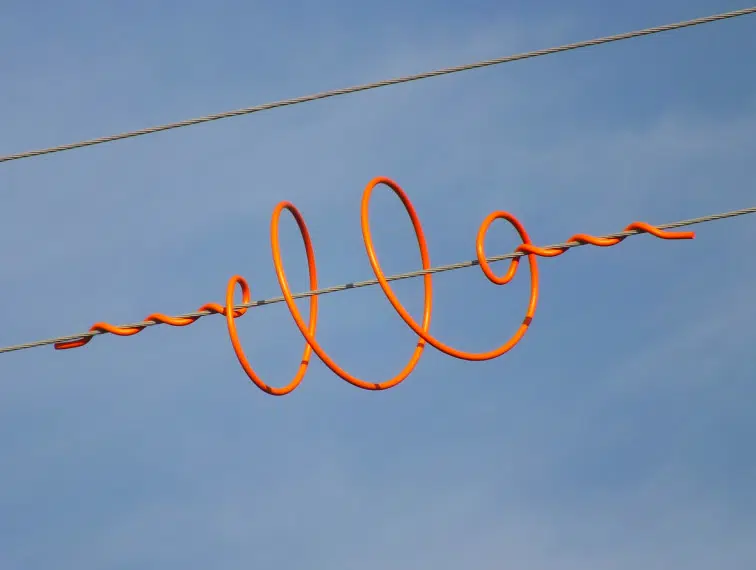
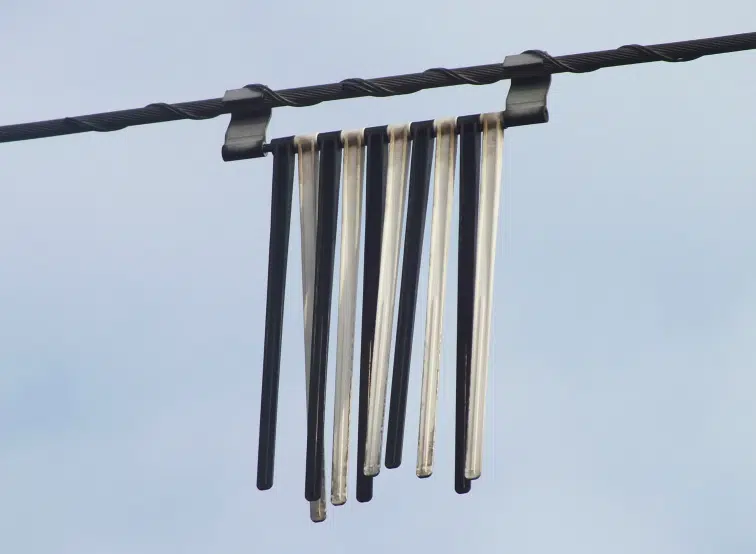
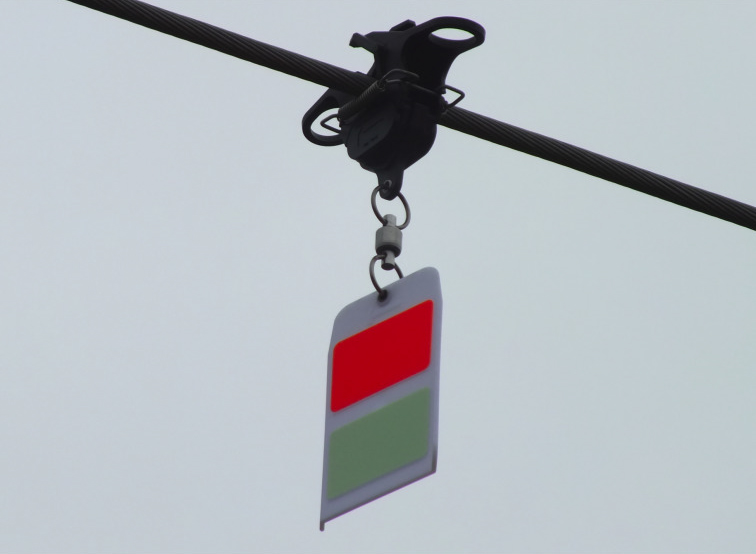
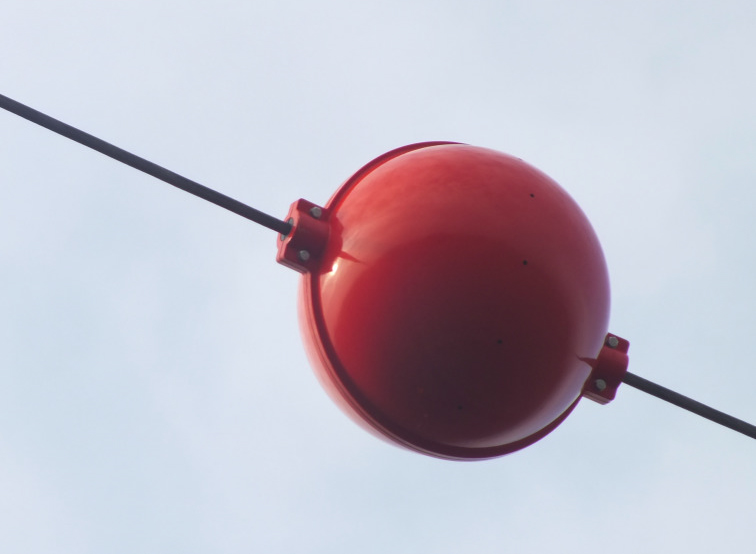
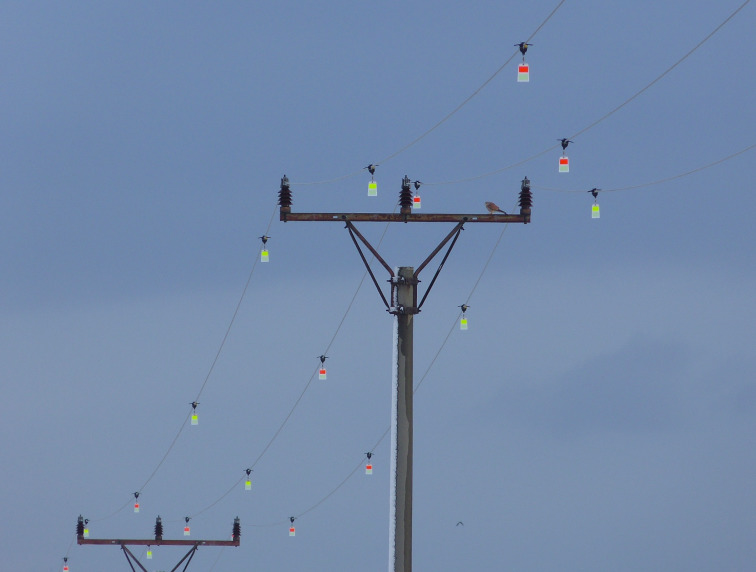
English subtitles available on YouTube: https://www.youtube.com/watch?v=CTHfcNn-9oA
You might also be interested in:
 | Stichting BirdLife Europe gratefully acknowledges financial support from the European Commission. All content and opinions expressed on these pages are solely those of Stichting BirdLife Europe. The European Commission is not responsible for any use that may be made of the information it contains. |
